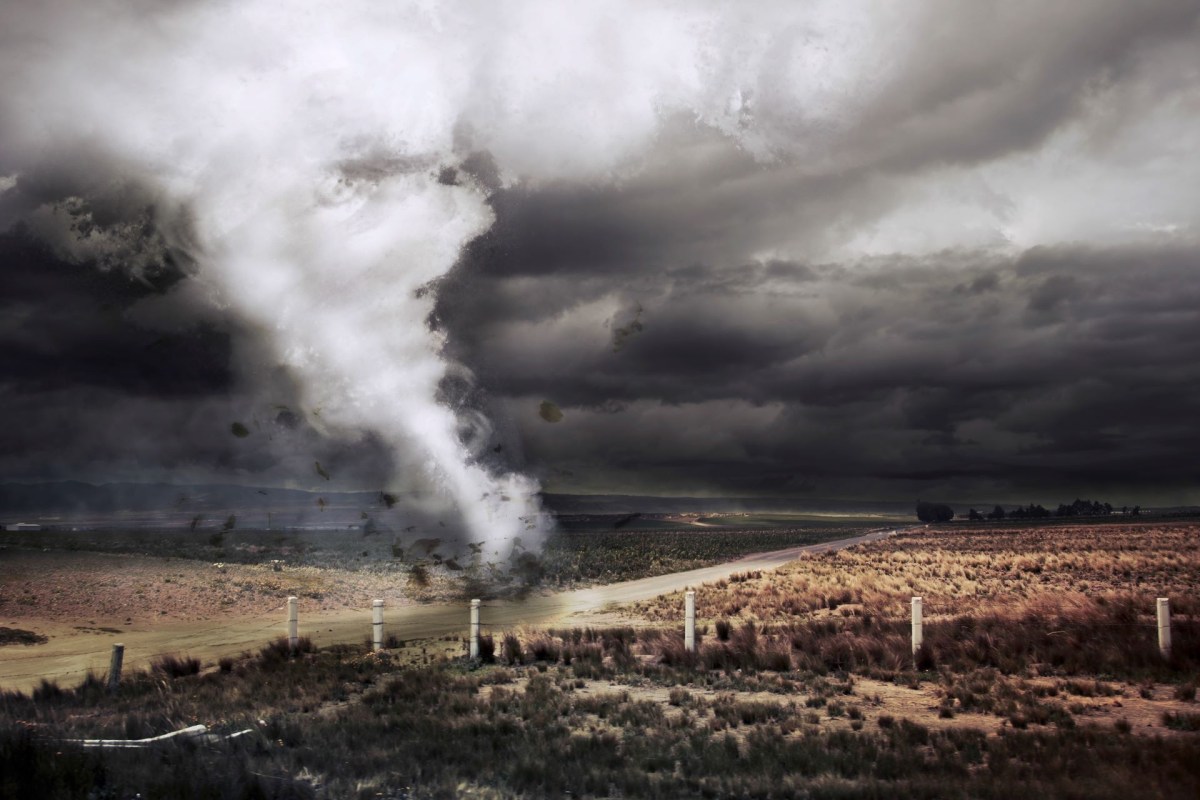If it feels like we have been observing more tornadoes than usual in the U.S., it's because we have been.
According to the National Oceanic and Atmospheric Administration (NOAA), there are, on average, 388 tornados from the beginning of a new year through April 20. But this year, we've already seen 561.
In January, America saw more than triple the number of tornadoes it normally does. In March, the figure was closer to double.
But the number of tornadoes isn't the only thing that's increasing. It appears as if the region where they're popping up is growing to include new states, too.
Bill Bunting, who serves as the chief of forecast operations for NOAA's Storm Prediction Center, explained to the Hill that, in simple terms, "tornado alley is expanding."
Why is this happening?
While many would think our overheating planet could be the impetus for such changes, the connection is not so clear.
A warmer atmosphere does mean more moisture in potentially more unstable air. Since both of those factors can lead to tornadoes, it'd be a logical jump to blame our overheating planet for the increase in tornadoes.
But, as Wired explained, the amount of vertical wind shear — which is needed to spawn a tornado — could actually decrease because of our warming climate.
These conflicting factors lead experts in the field to be hesitant to blame more tornados on our changing climate. Dr. Jana Houser, who teaches meteorology at The Ohio State University, told Wired that our climate's culpability is unclear.
"We really can't pinpoint what we expect to see in terms of when and where tornadoes are going to occur," Houser stated. "We are still very unsure what the future holds."
So, while it's not clear whether or not we can expect to see far more tornadoes in the coming years, it's crucial to have a plan for how to respond if one does strike.
Paying close attention to forecasts, having a go-bag ready, and communicating with your family and friends during severe weather can be critical to keeping everyone safe.
Join our free newsletter for cool news and cool tips that make it easy to help yourself while helping the planet.









